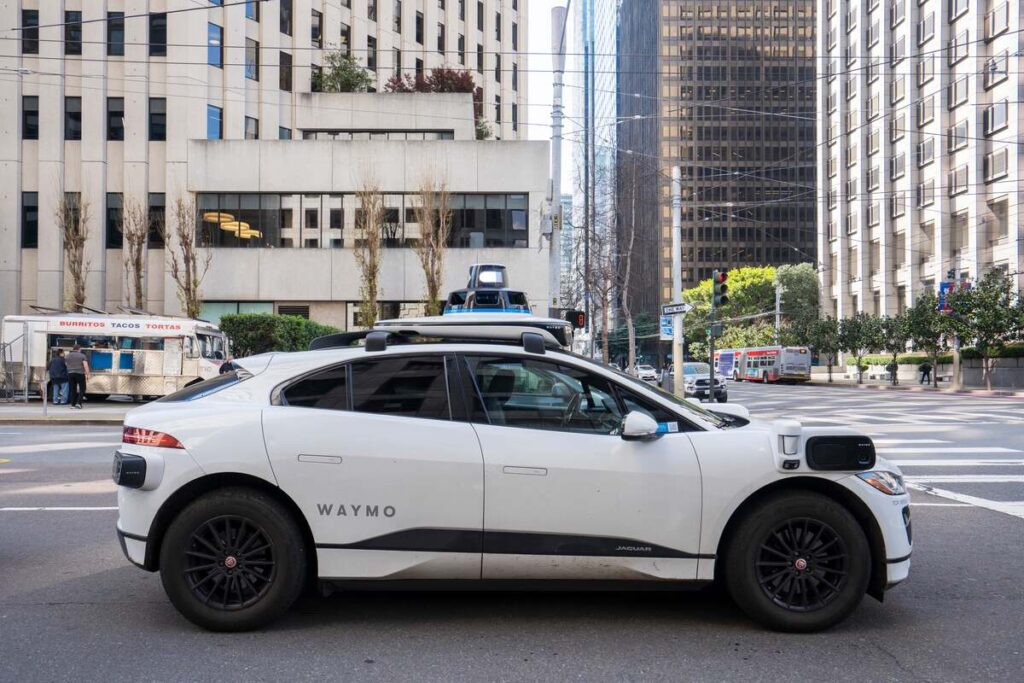17/03/2025
You'll never be lost again.
Let’s talk about octopuses. You must, at some point, have seen videos of octopuses in mazes. If you haven’t—there are far worse ways to doomscroll. Incredible, really. However—during my most recent visit to the saltwater corner of the internet, I found myself asking—how can such primitive creatures be so clever, yet so unconventionally attractive? Well, I’ve done my digging and found the answer: Spatial intelligence.
Believe it or not, there are sections of the brain dedicated to understanding the space around us. And Spatial Intelligence “AI” is advancing our thought power by the day. Let’s find out how.
What does spatial intelligence mean?
So, what does spatial intelligence mean? It’s the ability to perceive, understand and interact with the world in three dimensions. The concept comes from Howard Gardner‘s 9 types of intelligence:
1. Visual spatial
2. Musical rhythmic
3. Verbal linguistic
4. Logical mathematical
5. Bodily kinesthetic
6. Interpersonal
7. Intrapersonal
8. Naturalistic
9. Existential moral
When we talk about spatial intelligence, we’re not just talking about receiving visual inputs. It’s an entire cognitive process using abstract concepts to envision information.
Since we all want to monetize those big brains of ours, let’s get down to brass tacks: How can we use spatial intelligence in business? At a human level, professionals with good spatial intelligence are skilled in building, fixing and design. You’ll see advanced spatial intelligence at play in careers like photography, engineering or graphic design. The better you are at visualizing abstract concepts, the greater your spatial intelligence.
What is Spatial Intelligence AI?
Spatial Intelligence “AI” (or Spatial AI) is the offspring of geospatial data and machine learning. Unlike traditional AI, Spatial AI processes 3D data with depth and context. This allows digital systems to perceive objects and spatial relationships. This goes beyond simple object recognition—Spatial AI determines where things are, how they move and even predicts their behaviors. It works like this: Geospatial data gives machines context, while machine learning processes this data to identify patterns. The two technologies thus combine for powerful outcomes.
Nowadays, Spatial AI has become critical in developing new business technologies. While that includes GPS and radio signals, it also stretches into deep tech.
This may include systems that use micro-location and data analytics to update behavior with pinpoint accuracy.

Spatial AI tech is scalable and relatively cheap, making it perfect for robotics and wearable tech on the cutting edge of innovation. In fact, we already have augmented reality glasses that are powered by Spatial AI. We also have large scale uses of the technology across telecommunications and transportation.
How will Spatial AI affect humans?
If we’ve learnt anything from the Metaverse, it’s this: New tech is exciting, but of varying impact on the layman’s daily life. So let’s find out how you and I might use Spatial AI in the future.
Real-world applications of Spatial AI will become more commonplace. Governments are already using Spatial AI for urban planning and the development of Smart Cities. You might also have a helping hand in your house-hunt! Spatial AI can suggest properties based on factors like safety and proximity to schools—which saves you a lot of time.
Spatial AI could make our lives safer. With the development of autonomous vehicles, new technology will reduce human error.

It can also help track the spread of disease, predict outbreaks or enhance surgical robots for more accurate navigation. I also have a theory that, if handled correctly, we could use Spatial AI to communicate with octopuses. I don’t want to give away too much yet, but stay tuned.
What are the ethics of Spatial AI?
So, lots of great advancements, but as with all things Artificial-Intelligence, we have ethical concerns. The most salient revolve around privacy, safety, data bias and transparency.
In 2024, Christie’s data breach resulted in sensitive GPS data falling into the wrong hands (hence my reticence about sharing my octopus theory) and around 500,000 high-profile clients’ personal information was held ransom. That meant sharing the whereabouts of precious art. Not good! So, promoting responsible data practices will be paramount when scaling up Spatial AI.
We also have to be sensible about the trust we put into Spatial AI.

Self-driving vehicles aren’t 100% reliable yet. And GeoAI systems can misidentify slum areas or fail to detect darker-skinned pedestrians. This is due to the most common issue with AI—bias and misinformation. The technology inherits biases or regurgitates non-facts through its intake of flawed data. So, before we rely too much on any technology, we need robust ethical frameworks.
How can you become an expert in Spatial AI?
Good question—here’s a great answer. On April 3rd 2025, you can listen to Sebastian Veldman talk at length on the topic during his talk in London: “Spatial Intelligence: Where AI Meets Human Thinking.” Sebastian is a leading expert in immersive experiences with a proven track record in both industry and academia. He’s also a professor and academic director at IE School of Science & Technology. Sebastian’s expert knowledge on the topic helped shape this article and its argument, touching on his award-winning knowledge and remarkable intellect. But the octopus stuff is mine.
Think we’ve just scratched the surface? Sebastian’s event will go deeper. It’s free and features a 15 minute Q&A to solve your doubts. What’s more, you can probe Sebastian for information on IE School of Science & Technology. Seriously—ask anything. He’s contractually obliged to answer.
Can’t make it to London? Don’t worry. If you’re interested in attending our events, we have them all around the world. Browse our IE Events page to see events happening near you. They cover a range of relevant topics from experts in AI to business leadership, are totally free and they’re a great way to expanding your professional network. Trust me—this is worth your time.
A final note on octopuses
We didn’t get to talk about octopuses as much as I would have liked. But I’m still the editor, aren’t I? So here are some great facts for your next dinner party:
1. The oldest known fossil of an octopus ancestor dates back to 330 million years ago, which is older than dinosaurs.
2. Octopuses have three hearts.
3. Two-thirds of an octopus’s neurons are in its arms, not its head. This means the arms can act independently of the central brain.
4. Octopus ink contains tyrosinase which irritates the eyes and impairs the senses of smell and taste in predators.
5. Octopuses have blue blood.
6. After octopuses mate, the male dies. Females lay up to 400,000 eggs then also die when they hatch.
Thanks for reading. If you’re interested in seeing how my cephalopod theory develops, fill in the form below to stay in touch.
Benjamin is the editor of Uncover IE. His writing is featured in the LAMDA Verse and Prose Anthology Vol. 19, The Primer and Moonflake Press. Benjamin provided translation for “FalseStuff: La Muerte de las Musas”, winner of Best Theatre Show at the Max Awards 2024.
Benjamin was shortlisted for the Bristol Old Vic Open Sessions 2016 and the Alpine Fellowship Writing Prize 2023.








